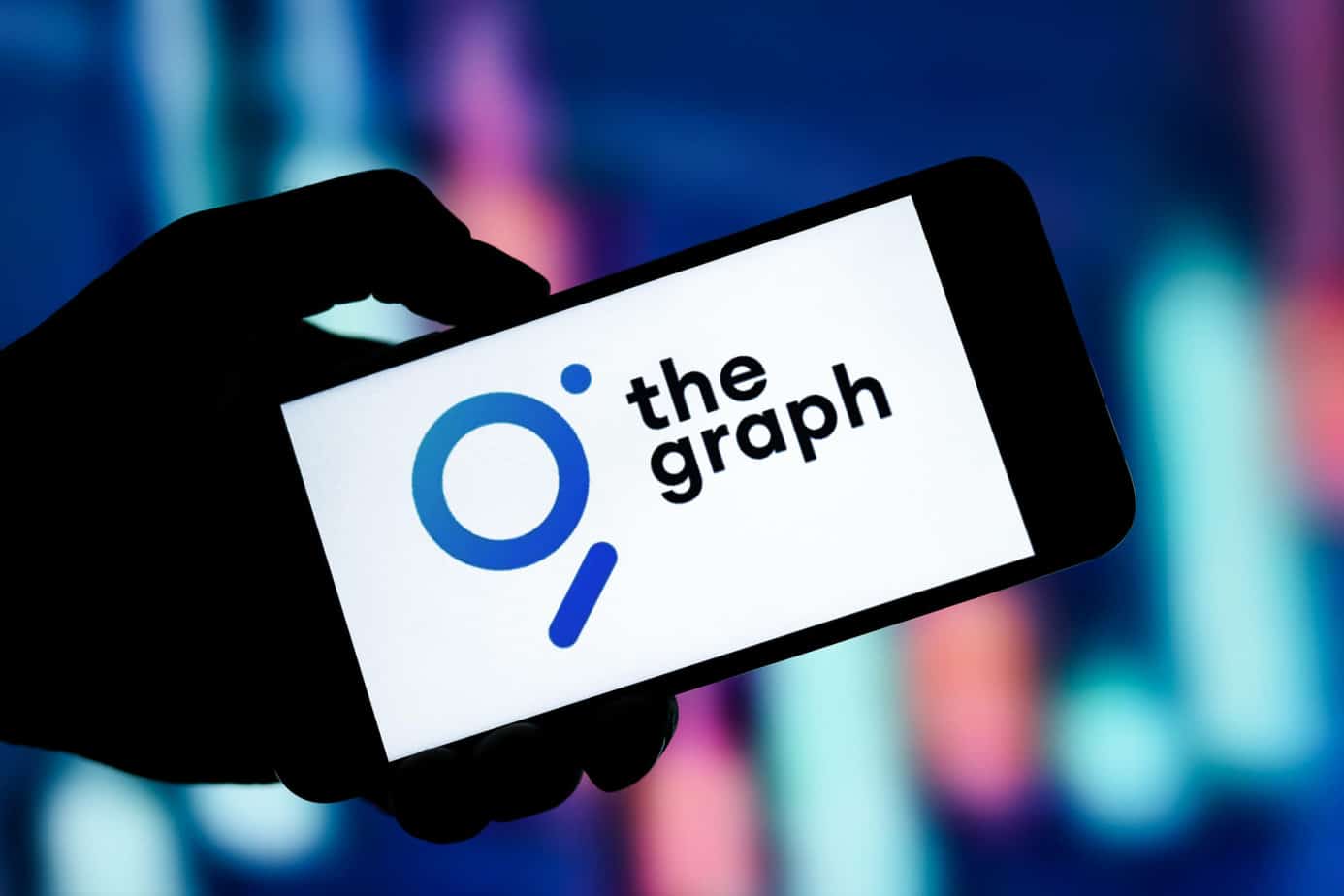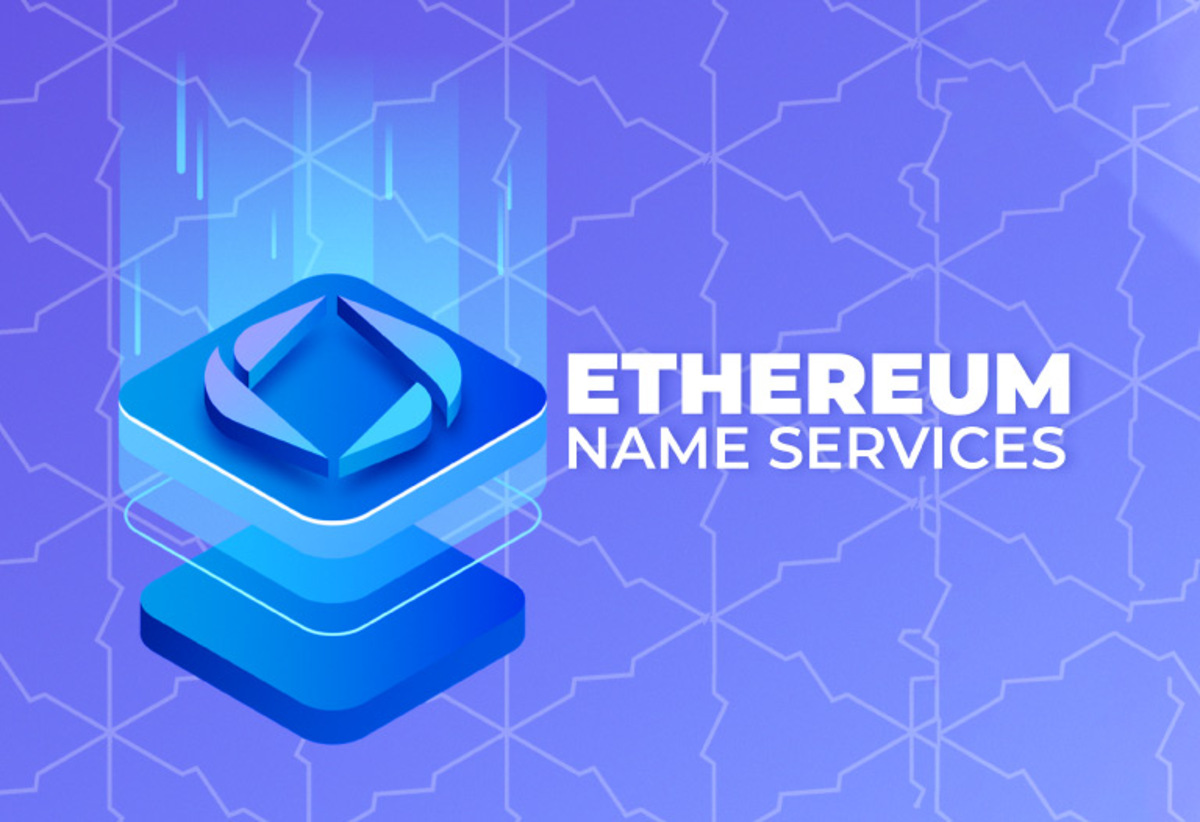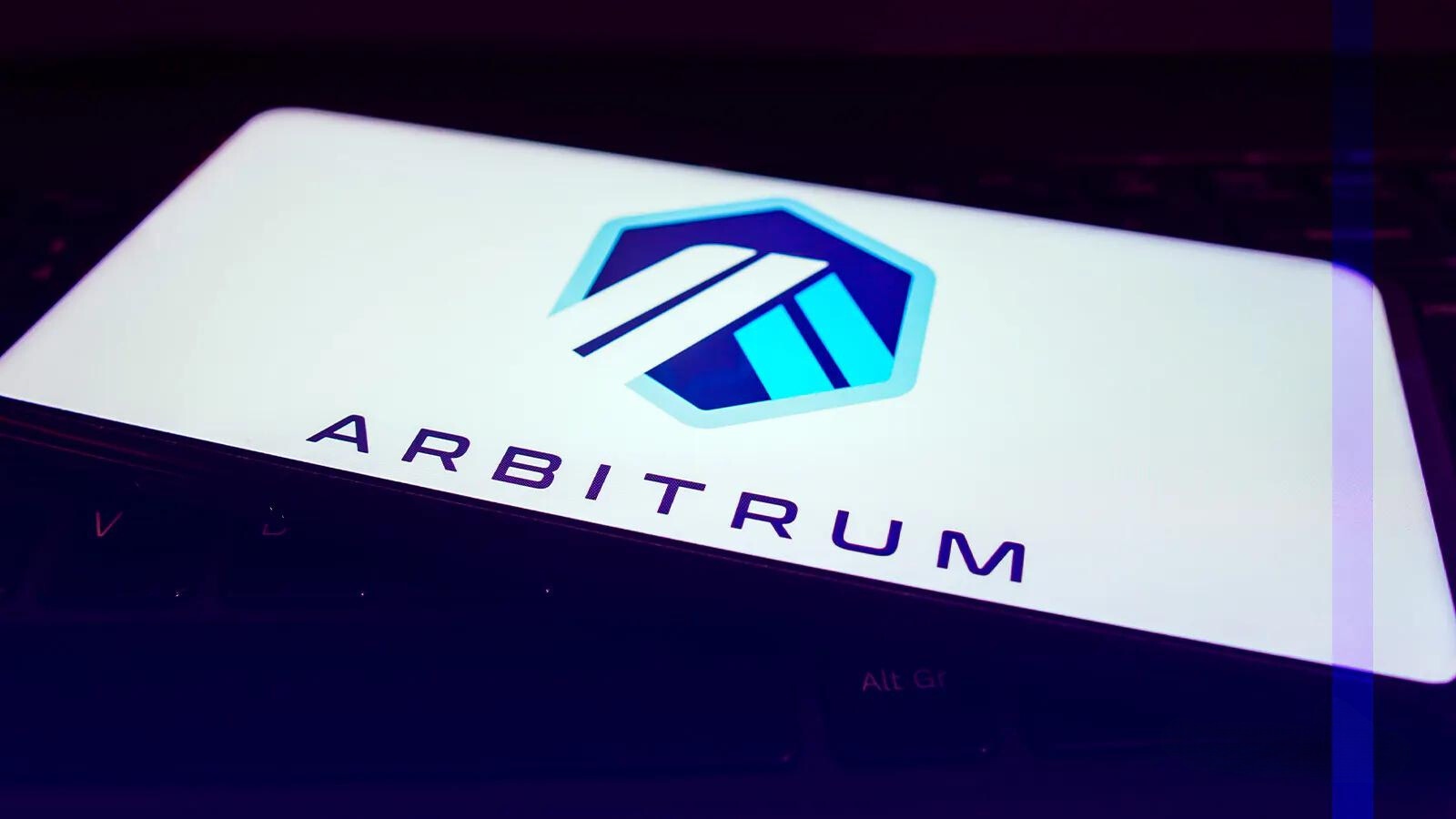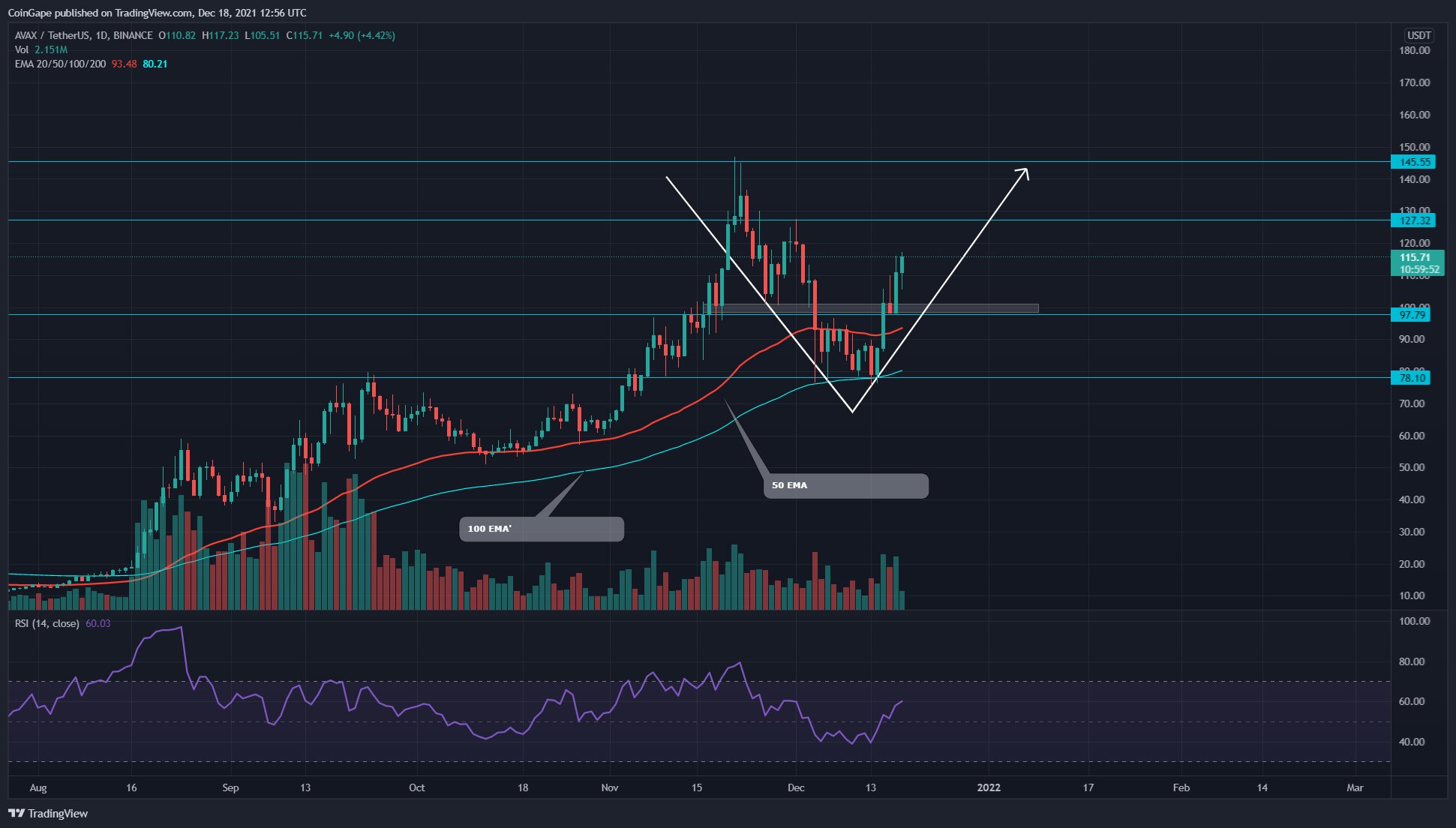Introduction
Welcome to the fast-paced world of cryptocurrency and decentralized applications, commonly known as DAPPs. With the increasing popularity of blockchain technology, DAPPs have emerged as one of its most innovative applications. Whether you”re a seasoned crypto enthusiast or just getting started, understanding what a DAPP is and how it works is crucial in navigating this fascinating digital ecosystem.
A DAPP, short for decentralized application, is a computer application that operates on a decentralized network, usually built on blockchain technology. Unlike traditional applications that rely on a single server or central authority to function, DAPPs leverage the power of peer-to-peer networks, giving users greater control and security over their data and transactions.
The core principle behind a DAPP is decentralization, which means that no single entity has complete control over the application. This decentralized nature ensures transparency, immutability, and eliminates the need for intermediaries, making DAPPs more secure, efficient, and resistant to censorship.
Now, you might be wondering how exactly DAPPs work. Let”s delve into the inner workings of these fascinating applications.
What Is a DAPP?
A decentralized application, or DAPP, is a type of software application that is designed to run on a decentralized network, such as a blockchain. Unlike traditional applications that rely on a central authority or server, DAPPs are built on the principles of decentralization, giving users more control over their data and transactions.
One of the key features of a DAPP is its open-source nature. This means that the application’s code is publicly available, allowing anyone to review and contribute to its development. This transparent approach fosters trust and collaboration within the DAPP ecosystem.
In addition, DAPPs utilize the power of blockchain technology to ensure the integrity and security of transactions. Each transaction is recorded on the blockchain, which is a decentralized and immutable ledger. This means that once a transaction is confirmed, it cannot be altered or tampered with, providing a high level of trust and security.
Furthermore, DAPPs often incorporate the use of smart contracts. Smart contracts are self-executing agreements that are coded into the blockchain. They automatically execute predefined actions when certain conditions are met. Smart contracts eliminate the need for intermediaries, reducing costs and increasing efficiency.
It’s important to note that not all decentralized applications are considered DAPPs. To be classified as a DAPP, an application must meet the following criteria:
- Decentralization: The application does not rely on a single central authority.
- Open-source: The application’s code is publicly available and can be reviewed and contributed to by anyone.
- Consensus mechanism: The application utilizes a consensus mechanism, such as proof of work or proof of stake, to validate transactions and maintain the network.
- Tokenization: DAPPs often have their native tokens that are used for various purposes, such as accessing services or participating in governance.
DAPPs have the potential to disrupt various industries by offering enhanced security, transparency, and efficiency. Let’s explore how DAPPs actually work in practice.
How Do DAPPs Work?
Understanding how DAPPs work requires a basic understanding of blockchain technology. DAPPs are typically built on top of a blockchain platform, such as Ethereum, which provides the necessary infrastructure for their operation.
At the heart of a DAPP is a decentralized network of nodes that collectively maintain and validate the blockchain. These nodes work together to reach a consensus on the state of the network and ensure the accuracy and security of transactions.
When a user interacts with a DAPP, their actions are broadcasted to the network. These actions can include making a payment, creating a digital asset, or executing a smart contract. The network then verifies and processes these actions, updating the state of the DAPP and recording the transaction on the blockchain.
One of the advantages of DAPPs is that they can leverage the power of smart contracts. These self-executing agreements are coded into the blockchain and automatically execute predefined actions when certain conditions are met. For example, a DAPP that facilitates peer-to-peer lending may utilize a smart contract to automatically disburse funds to borrowers once they meet specific criteria.
Furthermore, DAPPs benefit from the decentralized nature of the blockchain, as it eliminates the need for a central authority. This means that users have greater control over their data and transactions, as well as enhanced privacy and security. Additionally, since DAPPs run on a distributed network of nodes, they are more resistant to single-point failures and censorship.
Interacting with a DAPP often requires the use of a digital wallet. A digital wallet stores the user’s private keys, allowing them to digitally sign transactions and authenticate their identity. These wallets can be in the form of software applications, hardware devices, or even browser extensions.
It’s worth noting that the user experience of DAPPs can vary widely. Some DAPPs may have intuitive user interfaces, similar to traditional applications, while others may require some technical knowledge to navigate. As the technology continues to evolve, user-friendly interfaces and accessibility are being prioritized to make DAPPs more mainstream.
In the next section, we will explore the benefits that DAPPs offer to users and developers alike.
Benefits of DAPPs
DAPPs offer a wide range of benefits that make them an attractive proposition for both users and developers. Let’s explore some of the key advantages of utilizing DAPPs in various industries.
1. Decentralization and Trust: One of the primary benefits of DAPPs is their decentralized nature. This eliminates the need for intermediaries and central authorities, reducing the risk of censorship, hacking, and fraud. DAPPs operate on the principle of trust through code, allowing users to have full control and ownership of their data and transactions.
2. Enhanced Security: DAPPs leverage the security features of blockchain technology. Each transaction is recorded on a tamper-proof and immutable blockchain, ensuring data integrity and protection against unauthorized alterations. This enhances the security of digital assets, sensitive information, and financial transactions.
3. Transparency: DAPPs promote transparency by allowing anyone to view and verify the transactions and operations on the blockchain. This transparency not only builds trust among users but also helps uncover any potential fraudulent activities, making DAPPs more reliable and accountable.
4. Efficiency and Cost Reduction: DAPPs can significantly improve efficiency by eliminating the need for intermediaries and automating processes through smart contracts. This reduces transaction costs and speeds up the execution of tasks, saving time and resources for both users and developers.
5. Global Accessibility: DAPPs are accessible to anyone with an internet connection, regardless of geographic location or socio-economic status. This creates opportunities for underserved populations to access financial services, education, healthcare, and more, without the need for traditional institutions or intermediaries.
6. Token Economy: Many DAPPs have their native tokens that serve various purposes within the ecosystem. These tokens can be used for accessing services, voting in governance decisions, incentivizing user participation, or even as a store of value. The token economy creates a vibrant and decentralized ecosystem, aligning the interests of users and developers.
7. Innovation and Flexibility: DAPPs provide a platform for developers to experiment and create innovative solutions. The open-source nature of DAPPs allows for collaboration and the development of new features and functionalities. This fosters a dynamic ecosystem and encourages continuous improvement and evolution.
These are just a few of the many benefits provided by DAPPs. As the technology matures and more developers embrace decentralized applications, we can expect to see further enhancements and creative use cases emerge in the future.
Examples of DAPPs
DAPPs have gained traction in various industries, paving the way for innovative solutions and decentralized alternatives. Here are some examples of popular DAPPs:
1. Ethereum (ETH): Ethereum is not just a cryptocurrency but also a blockchain platform that supports the development of DAPPs. Many DAPPs are built on the Ethereum network, including decentralized exchanges like Uniswap, lending platforms like Aave, and decentralized social media platforms like Steemit.
2. Brave (BAT): Brave is an internet browser that incorporates a DAPP called Basic Attention Token (BAT). Users can earn BAT tokens by opting into privacy-respecting advertisements and use them to support content creators on the platform. This DAPP aims to revolutionize online advertising by providing a transparent and user-centric experience.
3. Filecoin (FIL): Filecoin is a decentralized storage network that allows users to rent out their unused hard drive space and earn FIL tokens in return. This DAPP provides a secure and efficient storage solution by utilizing the decentralized nature of the blockchain. It aims to create a decentralized, censorship-resistant alternative to traditional cloud storage services like Dropbox or Google Drive.
4. Chainlink (LINK): Chainlink is a decentralized oracle network that connects smart contracts with real-world data and external APIs. This DAPP ensures that smart contracts can access accurate and reliable information, enabling them to perform complex tasks and interact with external systems. Chainlink has applications in various industries, including decentralized finance (DeFi), insurance, and supply chain management.
5. Decentraland (MANA): Decentraland is a virtual reality platform built on the Ethereum blockchain. It allows users to create, own, and monetize virtual assets and experiences. This DAPP enables users to explore and interact with a decentralized virtual world, giving them full control over their digital assets and identities.
6. Augur (REP): Augur is a decentralized prediction market platform that allows users to create and bet on the outcome of real-world events. This DAPP leverages the wisdom of the crowd to predict future events, ranging from sports outcomes to political elections. Augur aims to create a decentralized alternative to traditional prediction markets, eliminating the need for intermediaries and ensuring transparency and fair outcomes.
These examples showcase the diverse applications of DAPPs across industries. From finance and entertainment to storage and gaming, DAPPs are revolutionizing traditional systems by introducing decentralization, transparency, and user empowerment.
Challenges and Limitations of DAPPs
While DAPPs offer numerous advantages, they also face several challenges and limitations that hinder their widespread adoption. Here are some of the key challenges associated with DAPPs:
1. Scalability: One of the primary challenges faced by DAPPs is scalability. Blockchain networks, like Ethereum, often struggle to handle a high volume of transactions, leading to network congestion and increased transaction fees. This can impede the seamless user experience and limit the scalability of DAPPs for mass adoption.
2. User Interface and Experience: Many DAPPs have complex user interfaces and require some level of technical knowledge to navigate. Improving the user experience and making DAPPs more intuitive and accessible to non-technical users is essential for wider adoption.
3. Speed and Efficiency: The decentralized nature of DAPPs can result in slower transaction speeds compared to centralized applications. While efforts are being made to enhance the efficiency of blockchain networks, achieving comparable transaction speeds to traditional systems remains a challenge for DAPPs.
4. Cost and Energy Consumption: Executing transactions and smart contracts on blockchain networks often incurs transaction fees, especially during times of high network congestion. Additionally, the computational power required to maintain blockchain networks can result in significant energy consumption, which raises concerns about sustainability and environmental impact.
5. Regulatory Uncertainty: The regulatory landscape surrounding DAPPs and cryptocurrencies is still evolving in many jurisdictions. Uncertainty and lack of clear regulations can create barriers and hesitation for businesses and users to fully embrace DAPPs and their underlying technologies.
6. Security Vulnerabilities: While blockchain technology provides inherent security benefits, DAPPs are not immune to security vulnerabilities. Smart contract bugs or vulnerabilities can lead to financial losses or exploitability. Ongoing audits, rigorous testing, and security best practices are crucial to ensure the safety and resilience of DAPPs.
7. Adoption and Awareness: Despite the growing popularity of DAPPs, they are still relatively unknown to the mainstream audience. Widespread adoption requires increased education, awareness, and user-friendly interfaces to attract new users and encourage them to explore the benefits of decentralized applications.
Addressing these challenges and limitations is essential for the continued growth and success of DAPPs. As the technology evolves, innovative solutions and advancements in blockchain infrastructure are expected to overcome some of these hurdles and drive wider adoption of DAPPs.
Conclusion
DAPPs have emerged as a revolutionary concept within the world of cryptocurrency and blockchain technology. These decentralized applications offer numerous benefits, including increased security, transparency, and efficiency. By leveraging the power of blockchain and smart contracts, DAPPs provide users with greater control over their data and transactions, eliminating the need for intermediaries and central authorities.
While DAPPs have already made significant strides in various industries, they still face challenges and limitations. Issues such as scalability, user interface, speed, and regulatory uncertainty hinder their widespread adoption. However, ongoing developments in blockchain infrastructure and user experience improvements are gradually addressing these challenges.
Despite the obstacles, DAPPs hold immense potential to revolutionize industries such as finance, gaming, real estate, and more. With their decentralized and transparent nature, DAPPs can disrupt traditional systems, empower users, and introduce new levels of trust and security.
As the technology continues to evolve and gain mainstream recognition, it is crucial for developers, users, and regulators to collaborate and address the challenges faced by DAPPs. Wide-scale adoption and awareness will fuel the growth of DAPPs, ultimately leading to a more decentralized and inclusive digital landscape.
In conclusion, DAPPs represent a significant stepping stone towards a more efficient, secure, and transparent future. By embracing the principles of decentralization and utilizing blockchain technology, DAPPs open up a world of possibilities for users and developers alike. As the DAPP ecosystem expands and matures, we can expect to witness even more innovative applications that redefine traditional systems and shape the future of technology.

























